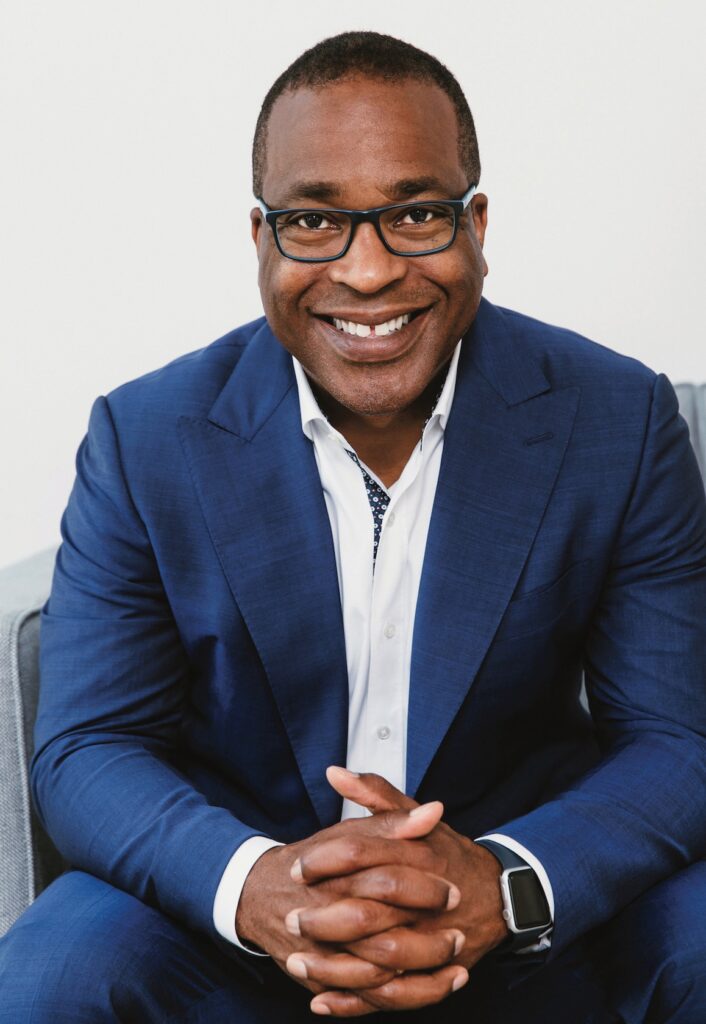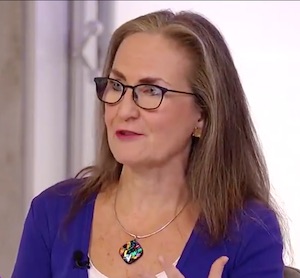If your organization operates or could be sued in New York, there has been recent activity on the legal and regulatory risk landscape that risk professionals should be prepared for.
New York’s newly-enacted Comprehensive Insurance Disclosure Requirements legislation opens the door for defendants to request that organizations disclose the details of their commercial insurance programs that may apply to a judgment in the case. These details include policy limits and potentially even access to your claims adjusters. For those with more complex risk financing structures, the law may also lead to the misinterpretation of the organization’s coverages.
For the greatest success in complying with this new regulation, risk professionals must become their legal department’s greatest ally, stepping in to lend their expertise to prevent potential confusion and errors. Risk professionals can be integral in keeping sensitive information confidential, monitoring all disclosure requests and alerting their teams to any discrepancies in the interpretation of the shared information.
Additionally, risk professionals should proactively identify the relevant policies for counsel, mindful that the policy or program must potentially respond to the plaintiff’s claim.
What are the New York Disclosure Law’s requirements and how do they impact your insurance program?
The New York law requires that an insured defendant disclose information about any insurance policies sold or delivered in New York that could be applicable to a plaintiff’s claim. This requires careful assessment to ensure compliance while avoiding potentially unnecessary insurance disclosures.
Depending on the claimed amount and a program’s retention levels, disclosures likely include primary insurance policies and may include excess and umbrella policies as well.
The disclosure requirements extend to various risk financing structures, including captives, self-insurance programs, risk retention groups and surplus lines insurers. Many claims may not reach the retentions, arguably rendering the insurance policies nonresponsive to the claim.
Other than in personal injury protection cases, the New York law requires that insured defendants provide proof of insurance to other parties within 90 days after answering the complaint. This could lead to the disclosure of incorrect insurance information. To address that risk, risk professionals can instruct counsel to obtain the proper COI for a particular claim and advise that it may need to fine-tune their COI process with outside vendors or brokers.
In the cases where arguments are made that COIs are not sufficient proof of insurance, insureds should be prepared to disclose redacted portions of their declaration pages.
The New York law also requires insured defendants to identify the claims adjustor assigned to the claim, including a potentially surprising level of detail such as the adjustor’s direct email address. It is critical to keep claims adjusters informed and risk professionals should alert their adjustors before this disclosure is made. Immediately report to counsel any plaintiff communications to the adjustor.
What steps can risk managers take to ensure compliance?
If possible, a risk professional or an attorney familiar with insurance coverage should assume responsibility for an organization’s compliance with these disclosure requirements in all New York cases. This will be instrumental in ensuring responses are uniform and avoiding disclosure errors.
Creating a checklist, as well as a readily accessible library of COIs, redacted declarations pages, and other pertinent information can help keep the organization compliant with New York’s law. Although there might be differing disclosure requirements, organizations with larger footprints should consider extending this structure across other states as well.
By taking these steps, risk professionals can minimize insurance disclosure disputes, assist with their organization’s compliance efforts, and avoid unnecessary interference with an organization’s insurance program.


